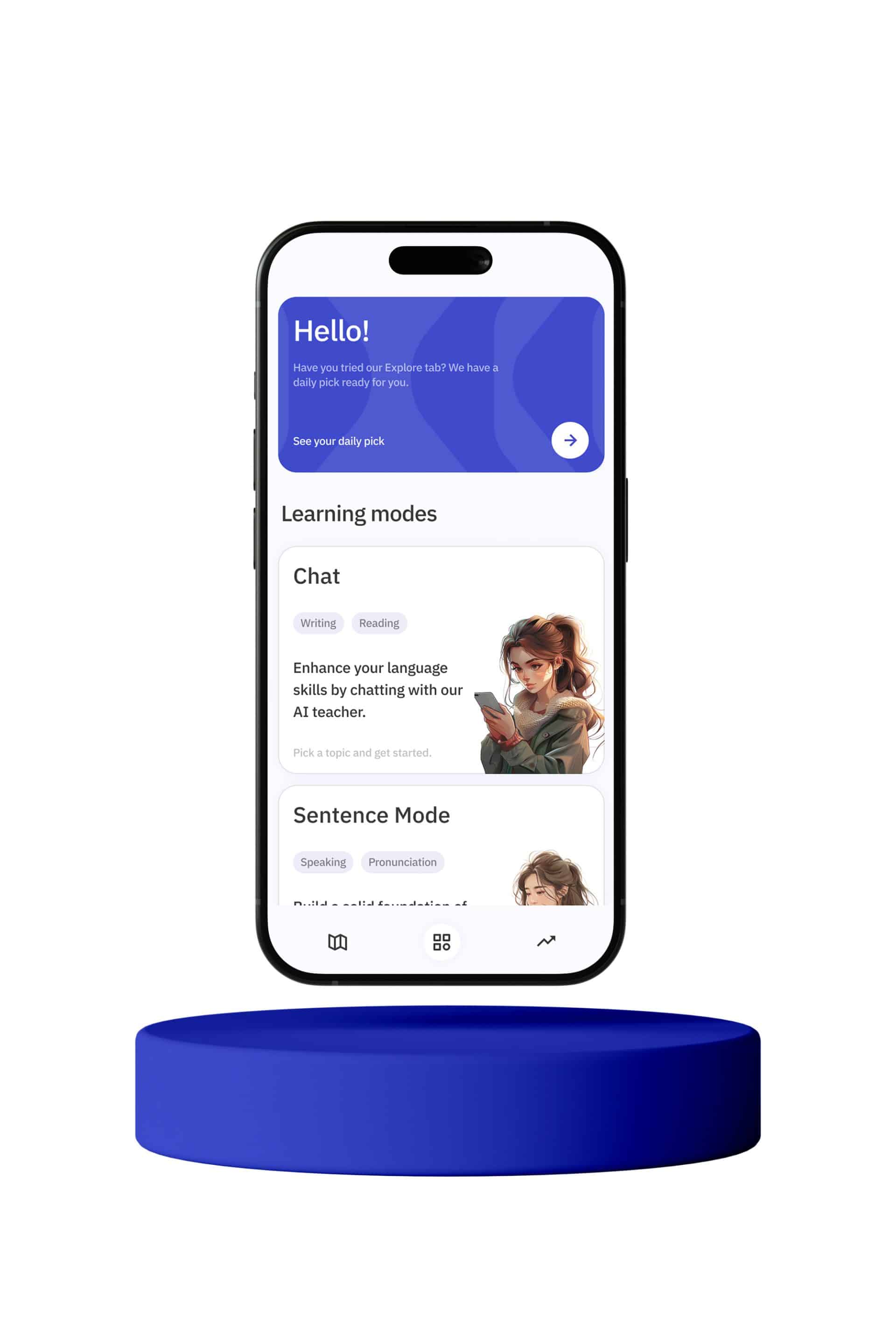Subject pronouns are a fundamental component of the English language and are essential for constructing clear and effective sentences. They serve the purpose of replacing nouns and help to avoid repetition, making our speech and writing more fluid and coherent. Understanding and correctly using subject pronouns is crucial for anyone learning English, as they form the backbone of everyday communication.
What Are Subject Pronouns?
Subject pronouns are words that replace the subject of a sentence, which is typically a noun that performs the action of the verb. In English, the subject pronouns are: I, you, he, she, it, we, and they. Each of these pronouns corresponds to a specific person or thing, and they allow us to avoid repeating the same nouns over and over again. For example, instead of saying “John is a teacher. John teaches math,” we can say “John is a teacher. He teaches math.”
Types of Subject Pronouns
Subject pronouns can be categorized based on number and person.
Singular Subject Pronouns
1. I: This pronoun is used to refer to oneself. It is the first-person singular subject pronoun.
– Example: I am learning English.
2. You: This pronoun is used to refer to the person or people being spoken to. It is the second-person singular subject pronoun.
– Example: You are my friend.
3. He: This pronoun is used to refer to a male person or animal. It is the third-person singular subject pronoun.
– Example: He is reading a book.
4. She: This pronoun is used to refer to a female person or animal. It is the third-person singular subject pronoun.
– Example: She is cooking dinner.
5. It: This pronoun is used to refer to objects, animals (when their sex is not specified), or ideas. It is the third-person singular subject pronoun.
– Example: It is raining outside.
Plural Subject Pronouns
1. We: This pronoun is used to refer to a group of people that includes the speaker. It is the first-person plural subject pronoun.
– Example: We are going to the park.
2. You: This pronoun is also used in the plural form to refer to the people being spoken to. It is the second-person plural subject pronoun.
– Example: You are all invited to the party.
3. They: This pronoun is used to refer to a group of people, animals, or things. It is the third-person plural subject pronoun.
– Example: They are playing soccer.
Usage of Subject Pronouns
Correct usage of subject pronouns is crucial for effective communication. Here are some guidelines and examples to help you understand their proper application:
Replacing Nouns
Subject pronouns are often used to replace nouns to avoid repetition. Consider the following sentences:
– Original: Maria loves to dance. Maria practices every day.
– With pronoun: Maria loves to dance. She practices every day.
By replacing “Maria” with “she” in the second sentence, the sentence becomes less repetitive and more natural.
In Questions
Subject pronouns are also used when forming questions. The placement of the pronoun typically changes position with the verb:
– Statement: You are coming to the party.
– Question: Are you coming to the party?
– Statement: He can swim.
– Question: Can he swim?
In Commands
In commands, the subject pronoun “you” is often implied and not explicitly stated:
– Statement: You should sit down.
– Command: Sit down.
However, in more formal or emphatic commands, the pronoun “you” may be included:
– Command: You, sit down!
Emphasis
Sometimes subject pronouns are used for emphasis or clarity, particularly in informal speech or writing:
– Example: He, he is the one who won the race.
– Example: You, you need to be careful.
Common Mistakes with Subject Pronouns
While subject pronouns are relatively straightforward, there are common mistakes that learners often make. Understanding these errors can help you avoid them.
Using Object Pronouns Instead of Subject Pronouns
One common mistake is using object pronouns (me, him, her, us, them) instead of subject pronouns. For example:
– Incorrect: Me went to the store.
– Correct: I went to the store.
– Incorrect: Him is my friend.
– Correct: He is my friend.
Confusing “You” Singular and Plural
In English, “you” is used for both singular and plural forms, which can be confusing for learners. Context often helps to clarify whether “you” is referring to one person or multiple people:
– Singular: You are my best friend.
– Plural: You are all invited to the meeting.
In some dialects, people use phrases like “you all” or “y’all” to indicate the plural form:
– Example: Y’all are welcome to join us.
Gender and Neutral Pronouns
In English, “he” and “she” are gender-specific pronouns. However, “they” is increasingly used as a gender-neutral singular pronoun:
– Example: Alex said they would come to the party.
This usage helps to include people who do not identify strictly as male or female.
Practice and Application
One of the best ways to master subject pronouns is through practice. Here are some exercises and activities to help reinforce your understanding:
Fill-in-the-Blank Exercises
Complete the following sentences with the appropriate subject pronoun:
1. (Maria) _______ loves to sing.
2. (The dog) _______ is barking.
3. (My friends and I) _______ are going to the movies.
4. (John and Sarah) _______ are playing tennis.
5. (You and I) _______ should study together.
Answers:
1. She
2. It
3. We
4. They
5. We
Sentence Rewriting
Rewrite the following sentences to include subject pronouns:
1. The teacher explained the lesson. The teacher answered all our questions.
2. Emily and I went to the store. Emily and I bought some groceries.
3. The cat is sleeping. The cat looks very comfortable.
4. My parents are visiting. My parents will stay for a week.
5. The students are studying. The students have a big test tomorrow.
Answers:
1. The teacher explained the lesson. She answered all our questions.
2. Emily and I went to the store. We bought some groceries.
3. The cat is sleeping. It looks very comfortable.
4. My parents are visiting. They will stay for a week.
5. The students are studying. They have a big test tomorrow.
Conversation Practice
Practice using subject pronouns in conversation with a partner. Take turns asking and answering questions using subject pronouns. For example:
– Partner A: What are you doing this weekend?
– Partner B: I am going to the beach. What about you?
– Partner A: Are Sarah and Tom coming to the party?
– Partner B: Yes, they are coming. Is John coming too?
This exercise helps to reinforce the correct usage of subject pronouns in a natural context.
Conclusion
Subject pronouns are a fundamental part of English grammar that every language learner must master. They simplify sentences, avoid repetition, and make communication more fluid. By understanding the different types of subject pronouns, their usage, and common mistakes, you can greatly improve your English language skills.
Remember to practice regularly through exercises and real-life conversations to reinforce your understanding. Whether you are speaking, writing, or listening, subject pronouns will always play a crucial role in your ability to communicate effectively in English. Keep practicing, and you’ll find that using subject pronouns becomes second nature.








